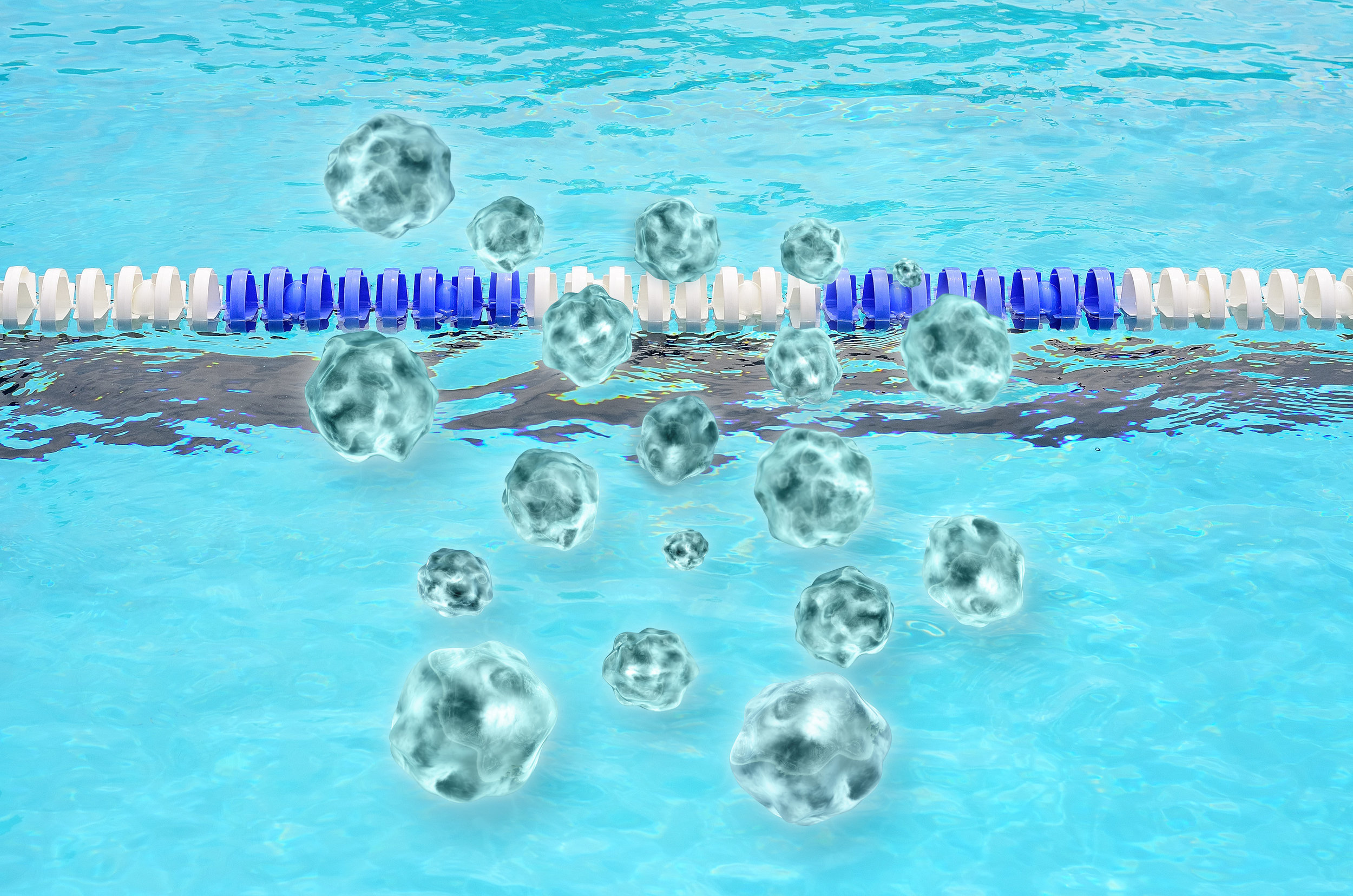
#Pdfinfo water chemistry plus
C'est la plus grande des sections de manuel et elle contient des pages allant de ls à gcc. product to irrigate greenhouse or nursery plants unless chemical assays of the water indicate fluridone residues are less than one part per billion (ppb). In other words, it can act as both an acid and as a base.La première section rassemble toutes les pages de manuel dédiés aux utilisateurs.
 The boiling point of water is 99.98 degrees C (211.96 degrees F 373.13 K). 5: ZIA95214 : 2: Practical Course SIA: 4: ZIA95215: Technical Engineering Water: 2: Technical Engineering Water: 5: ZIA95216 : 2: Practical Course Technical. It can remain in a liquid state well below its melting point. Note the melting and freezing points of water may be different from each other. The melting point of water is 0.00 degrees C (32.00 degrees F 273.15 K). The molar mass of water is 18.01528 g/mol. Paraffin and silica are other examples of substances that form lighter solids than liquids. Very few other substances exhibit this behavior.
The boiling point of water is 99.98 degrees C (211.96 degrees F 373.13 K). 5: ZIA95214 : 2: Practical Course SIA: 4: ZIA95215: Technical Engineering Water: 2: Technical Engineering Water: 5: ZIA95216 : 2: Practical Course Technical. It can remain in a liquid state well below its melting point. Note the melting and freezing points of water may be different from each other. The melting point of water is 0.00 degrees C (32.00 degrees F 273.15 K). The molar mass of water is 18.01528 g/mol. Paraffin and silica are other examples of substances that form lighter solids than liquids. Very few other substances exhibit this behavior. 
Regular ice is less dense than water and floats on it. Chemistry 101 Chapter 1 1 INTRODUCTION TO CHEM ISTRY Chemistry is the science that deals with the materials of the universe, and the changes they undergo.
The density of water is about one gram per cubic centimeter. Often the solute is salt, which dissociates into ions and increases the conductivity of water. Most water contains trace amounts of solute. However, even deionized water contains ions because water undergoes auto-ionization. Pure water is an electrical insulator. This is the reason why small animals and insects can walk on water. Office productivity: - Words for text processing - Sheets for computations - Stage for presentations - Flow for diagrams and flowcharts - Kexi for database management - Braindump for note taking. Hydrogen bonding between water molecules also gives it high surface tension. Calligra is an integrated suite of KDE applications that cover office, creative and management needs. Water displays capillary action because of its strong adhesive and cohesive forces. Polar and ionic substances dissolve well in water, including acids, alcohols, and many salts. Water is an excellent solvent because of its polarity and high dielectric constant. The molecule absorbs infrared light, ultraviolet light, and microwave radiation. Water is nearly transparent to visible light and the regions of the ultraviolet and infrared spectrum near the visible range. Both of these properties are a result of hydrogen bonding between neighboring water molecules. Water has an extraordinarily high specific heat capacity and also a high heat of vaporization. 
One water molecule may participate in a maximum of four hydrogen bonds with other species. Whether you have laptops, iPads, chromebooks, or BYOD, your favorite PhET sims are always right at your fingertips. Water readily forms hydrogen bonds with other water molecules. By converting our sims to HTML5, we make them seamlessly available across platforms and devices.

1401-5765 17 010 application/pdf info:eu-repo/semantics/openAccess.
The chemical bonds between hydrogen and oxygen atoms in a water molecule are polar covalent bonds. Water aerosols play an important role in many biological and chemical processes in. Water is the third most abundant molecule in the universe, after hydrogen gas (H 2) and carbon monoxide (CO). Nearly all of that water (98.8 percent) is in ice and groundwater. Only about 2.5 percent of the Earth's water is freshwater. Breaking it down, 96.5 percent of the water in the Earth's crust is found in oceans, 1.7 percent in ice caps and glaciers, 1.7 percent in groundwater, a small fraction in rivers and lakes, and 0.001 percent in clouds, water vapor, and precipitation. About 71 percent of the Earth's surface is covered by water. The reason for the blue color is the weak absorption of light at the red end of the visible spectrum. Large volumes of liquid water and ice are blue. In its liquid form, water is transparent and nearly colorless. Approximately 62 percent of the human body is water. Water is the main compound found in living organisms.








 0 kommentar(er)
0 kommentar(er)
